People suffering with Sciatica often ask about Chiropractic help with Sciatica that resulted from Spinal Stenosis. The answer is both “yes,” and “no.” Chiropractic helps with Sciatica because Chiropractic helps with the condition that’s causing the Sciatica. It’s important to remember that that Sciatica is not actually a health “condition,” as Harvard Health clarifies. Sciatica is actually a set of symptoms that are the result of an underlying condition.
Chiropractic does help to improve and eliminate most of the causes of Sciatica. When the cause of Sciatica is improved and eliminated, the Sciatica can also improve and be eliminated. So, does Chiropractic help with Sciatica? Indirectly, yes.
For example, Lumbar Spinal Stenosis (LSS) is a common cause of Sciatica. Science-based research studies have demonstrated that Chiropractic treatment can significantly help LSS by reducing pain and enhancing mobility, according to an article published by the American Chiropractic Association. When the Lumbar Spinal Stenosis gets better, Sciatica can get better too. In other words, Chiropractic helps with Sciatica by starting the domino effect of healing that ends with relief and recovery from Sciatica.
What follows are frequently asked questions about how Chiropractic helps with Sciatica caused by Spinal Stenosis. If you still have unanswered questions, type them in Comments below, or click here to search for a Sciatica Specialist in your area >>
Table of Contents
What is Lumbar Spinal Stenosis?

According to the Cleveland Clinic, Lumbar Spinal Stenosis is the narrowing of one or more spaces within the spinal canal, which is the tunnel that contains the spinal cord and runs through each vertebra in the spine. When this tunnel gets narrow, it causes the spinal cord or nerves to get irritated, compressed, or pinched. This irritation, compression, and pinching can then create back pain, and other nerve-related symptoms like Sciatica.
Why Do People with Lumbar Spinal Stenosis Get Chiropractic Treatment?

People struggling with Lumbar Spinal Stenosis (LSS) often get Chiropractic care because they want to regain their pain-free mobility without undergoing surgery. Other people seek Chiropractic help with Sciatica pain, which happens after Chiropractic helps their LSS improve.
Is Chiropractic an Effective Treatment for Lumbar Spinal Stenosis?
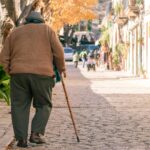
A scientific study published in the Physical Medicine and Rehabilitation Archives found that people with Lumbar Spinal Stenosis who received Chiropractic care showed greater improvements in walking distance, pain levels, and overall functionality, compared to those who did not receive Chiropractic care. Specifically the study participants who received Chiropractic adjustments had these outcomes at the end of the study:
Improved walking ability: Participants could walk longer distances without stopping.
Pain reduction: Chiropractic adjustment recipients had reduced pain in the legs and lower back.
Enhanced mobility function: Better overall movement, less physical disability, and less mobility pain.
Sustained improvements: The benefits that Chiropractic treatment recipients experienced during the study lasted for as long as 12 months.
Does Chiropractic Help With Sciatica and Spinal Stenosis Symptoms?
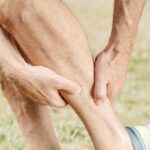
Chiropractic helps with Sciatica and Spinal Stenosis symptoms, which are mostly one in the same:
– Leg pain
– Heaviness and weakness in the legs
– Leg Numbness and tingling
– Mobility discomfort
This was confirmed by a 2019 study titled, “Comprehensive Non-surgical Treatment Versus Self-directed Care to Improve Walking Ability in Lumbar Spinal Stenosis: A Randomized Trial.”
What is an Effective Chiropractic Treatment plan for Lumbar Spinal Stenosis and Sciatica Symptoms?
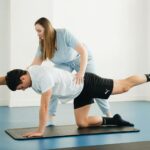
A Chiropractic treatment plan for Lumbar Spinal Stenosis would include:
– Spinal manipulation: Adjusting the spine to relieve pressure on the nerves.
– Exercise: Exercises to improve back and leg strength and flexibility, including daily walking.
– Education: Teaching patients self-management strategies for maintaining mobility and reducing symptoms on their own at home.
This natural treatment plan was proven to be effective by the randomized trial previously noted, which was published in the Archives of Physical Medicine and Rehabilitation.


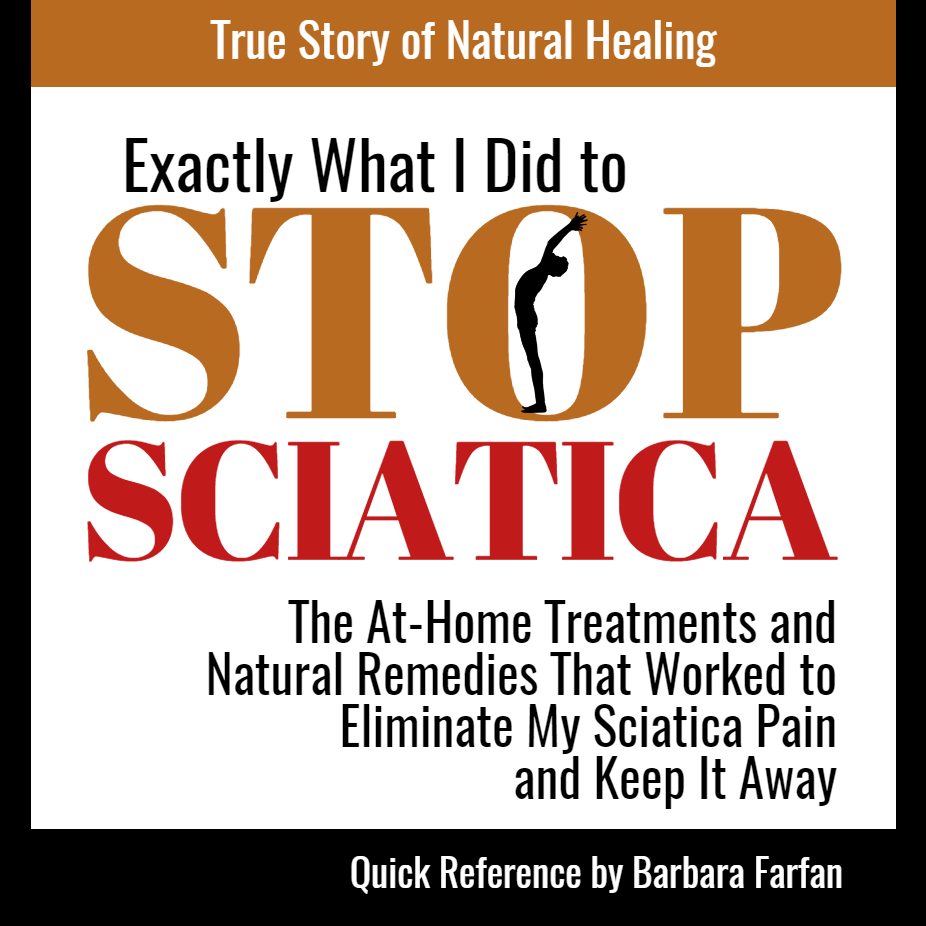




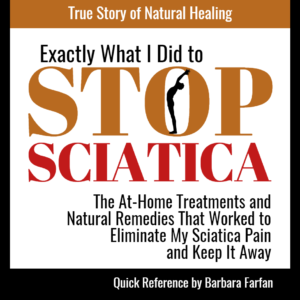 Here’s exactly what I did to stop my Sciatica pain and keep it away.
Here’s exactly what I did to stop my Sciatica pain and keep it away.